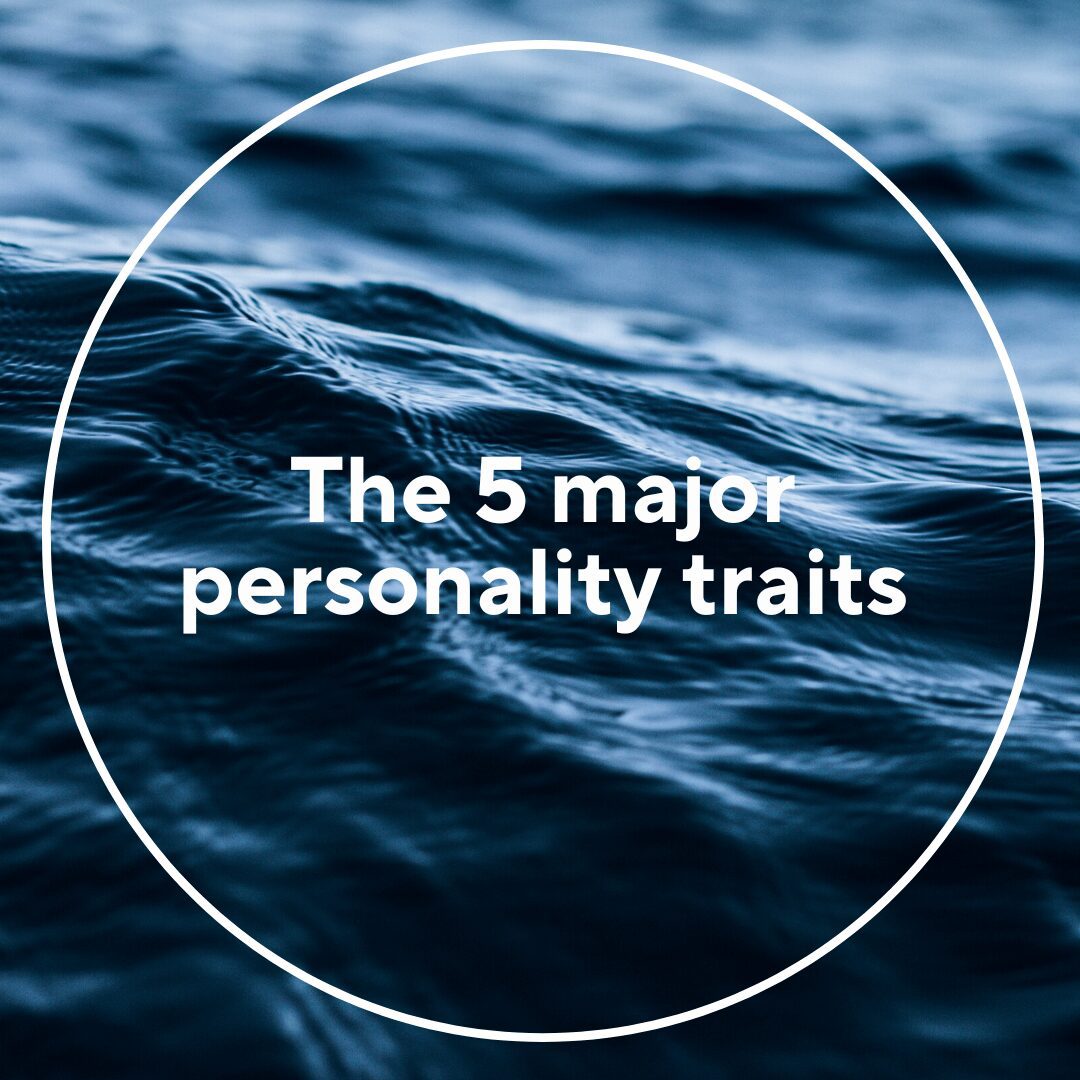The psychology of individual differences or personality psychology aims to answer the questions that characterize us as unique and different from all others.
Why does each person behave in a certain way in different situations, or why do two siblings, despite a very similar context, develop such different behaviors?
When we talk about personality, it is important to understand exactly what is meant by «personality». As it is often confused with other concepts such as character or temperament.
Personality is a stable pattern of behavior, thoughts and attitudes over time and situations. It is not something impossible to change, but it is important to understand that its modifications are complex and the margin for change is limited. This does not necessarily imply something negative, since personality traits should be understood as a dispositional characteristic.
There are multiple models that try to explain or know what are the fundamental characteristics (traits) that define personality. Some examples are Eysenck’s PEN Model or the model that concerns us in this article, the Big 5 Model.
The Big 5 Model
This model was born at the beginning of the 20th century by psychologists such as Thurstone, Allport and Odbert, the latter being considered the fathers of the Big 5 model. However, it was not until the mid-seventies that it regained importance, consolidating itself in the following decade as the most accepted and studied personality model in the scientific community.
The Big 5 model states that personality is made up of 5 major factors: factor O (openness to experience), factor C (responsibility), factor E (extraversion), factor A (agreeableness) and factor N (Neuroticism). Forming the famous acronym «OCEAN».
Factor O: Openness to experience
It refers to the tendency of people to seek new experiences and conceive their future from creativity. People with high openness to experience are more imaginative, appreciate art and aesthetics, prefer to break with their daily routine, are more affectively responsible and intellectually curious.
Factor C: Responsibility
People with high responsibility are very organized and focused with their goals, have a high capacity for concentration, are able to maintain a medium-long term perspective and are able to keep difficult situations well managed. Responsibility translates into the ability to think and plan goals in a structured and detailed way.
Factor E: Extraversion
This factor defines how much a person enjoys being open to interacting with others and seeking stimulation from external factors. The polar opposite is introversion and is characterized by a low need for social contact due to high internal stimulation. In general, extroverted people prefer social contact, are less reflective and tend to action. It is a factor closely related to openness to experience.
Factor A: Agreeableness
Refers to the degree to which a person is respectful, tolerant and calm. People with high kindness scores trust the honesty of others, are humble, empathetic, and tend to help others. The behavior of these people is embodied in prosocial behaviors, volunteering and the need to make others feel comfortable.
Factor N: Neuroticism
This trait refers to people’s emotional stability. People with lower neuroticism (i.e., with higher emotional stability) are calm people with high emotional intelligence, which allows them to face adverse situations in an adaptive and positive way.



